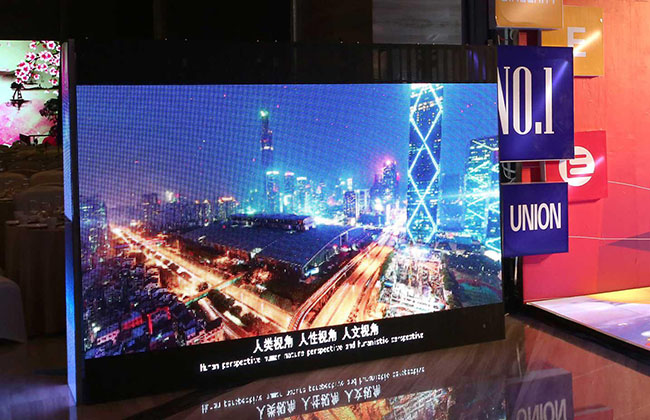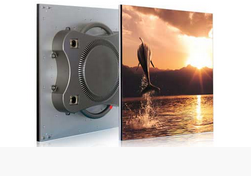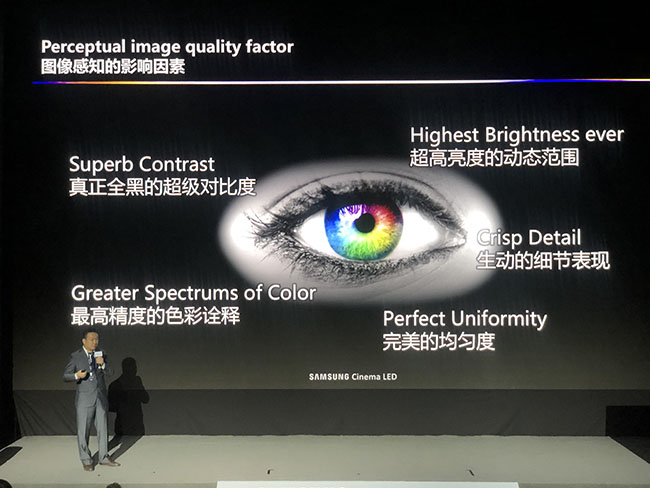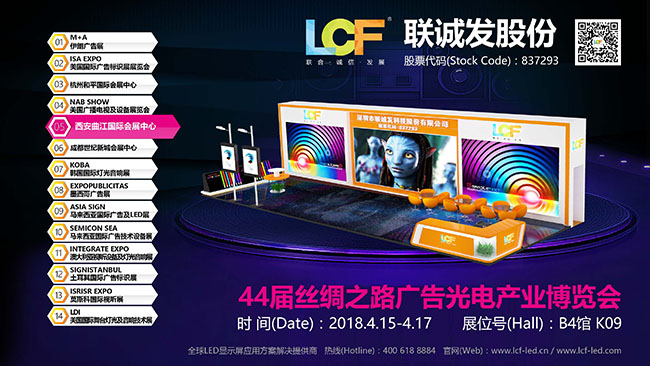Publisher: Supplier of LED Display Time: 2017-12-05 15:27 Views: 2082

With the development of society, people have higher and higher requirements for the display effect of LED display screens, and high-definition and ultra-high-definition displays have gradually become the mainstream of the market. The shocking effect of high-definition video images is very strong, and the displayed content is more attractive than traditional video images, and can better satisfy people's pursuit of high-quality audiovisual. So in addition to the two basic premises mentioned above, how to make the full-color LED display more high-definition? The following LED display manufacturer LCF (www.lcf-led.com) will give you an analysis.

1. Improve the contrast of the full-color LED display: Contrast is one of the key factors that affect the visual effect. Generally speaking, the higher the contrast, the clearer and more vivid the image, and the brighter and brighter the color. High contrast is very helpful for image clarity, detail performance, and gray level performance. In some text and video displays with large black-and-white contrast, high-contrast full-color LED displays have advantages in black-and-white contrast, clarity, and integrity. Contrast has a greater impact on the dynamic video display effect. Because the light-dark transition in the dynamic image is faster, the higher the contrast, the easier it is for human eyes to distinguish the image conversion process. The contrast improvement of full-color LED display is mainly to increase the brightness of the LED display and reduce the reflectance of the display surface. However, the brightness is not as high as possible, too high, but it will be counterproductive and will not only affect the life of the LED display. It will also cause light pollution to have a negative impact on the environment and the population. Full-color LED display LED panels and LED light-emitting tubes are treated with special processes, which can reduce the reflectivity of the LED panel and increase the contrast of the full-color LED display.
2. Improve the gray level of the full-color LED display: The gray level of the LED display refers to the number of brightness levels that can be distinguished from the darkest to the brightest in the brightness of the single primary color, and the gray level of the full-color LED display The higher the value, the richer the color and the brighter the color; on the contrary, the display color is single and the change is simple. The increase of the gray level can greatly increase the color depth, making the display level of the image color increase geometrically. Nowadays, many LED display manufacturers can set the gray scale of the display to 14bit~16bit, so that the image level can distinguish the details and the display effect is more delicate, vivid, and colorful.
3. Reduce the dot pitch of the full-color LED display: Reducing the dot pitch of the full-color LED display can improve the clarity of the display screen, because the smaller the dot pitch, the higher the pixel density per unit area of the LED display. , The more details that can be displayed, the more delicate and lifelike the screen display.
4. Combination of LED display and video processor: The LED video processor can use advanced algorithms to modify signals with poor image quality, perform a series of processing such as de-interlacing, edge sharpening, and motion compensation to enhance image display details , Improve the picture display quality. The video processor image scaling processing algorithm is used to ensure that the video image is scaled to maintain the sharpness and gray level of the image to the greatest extent; in addition, the video processor is also required to have a wealth of image adjustment options and adjustment effects. Brightness, contrast, and grayscale are processed to ensure that the LED display outputs a soft and clear picture.








